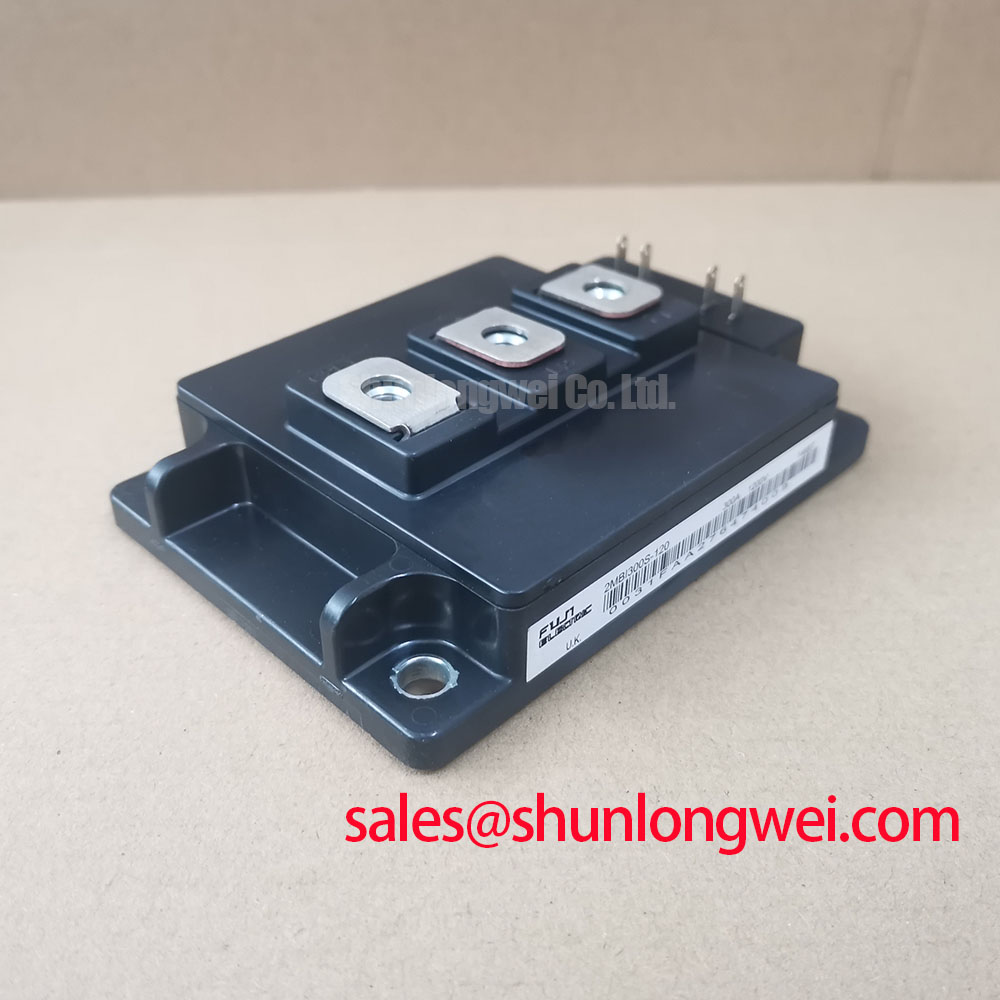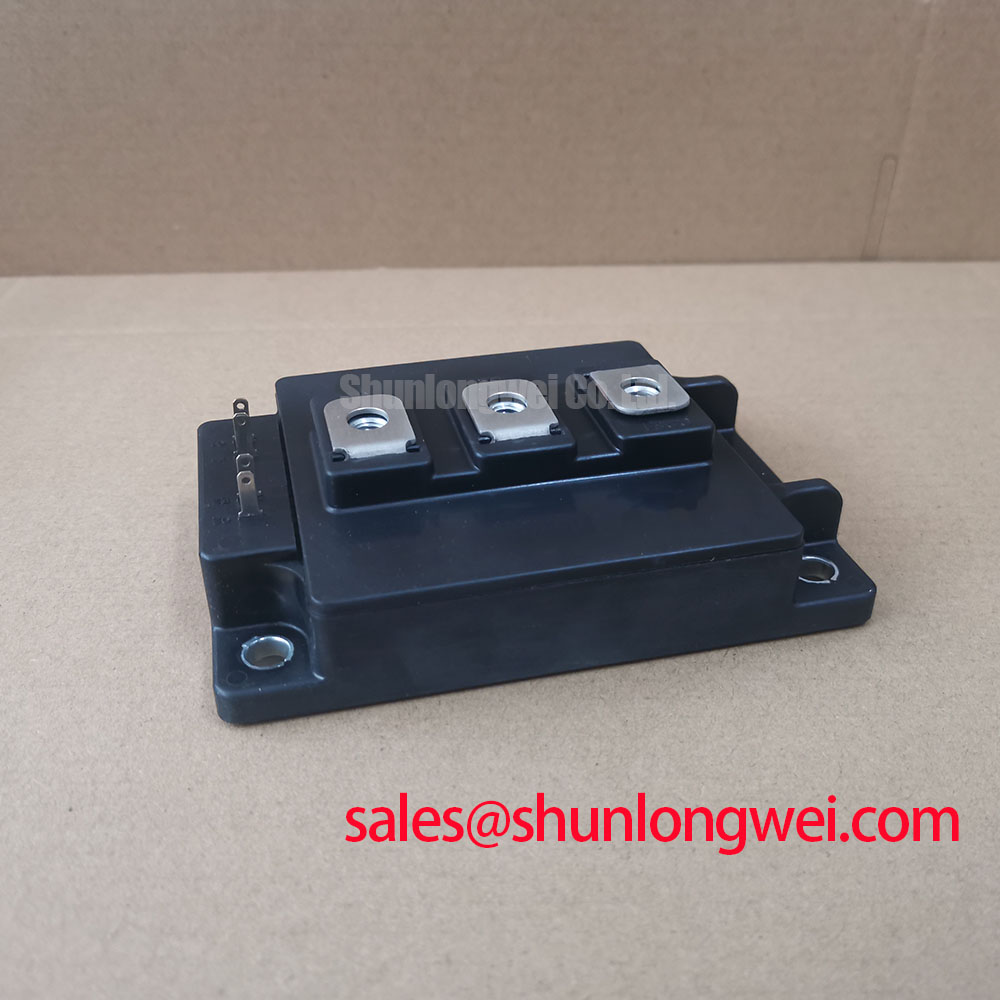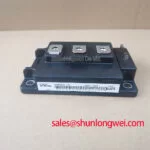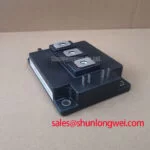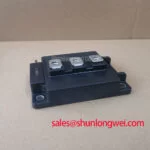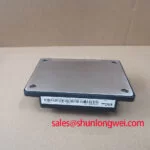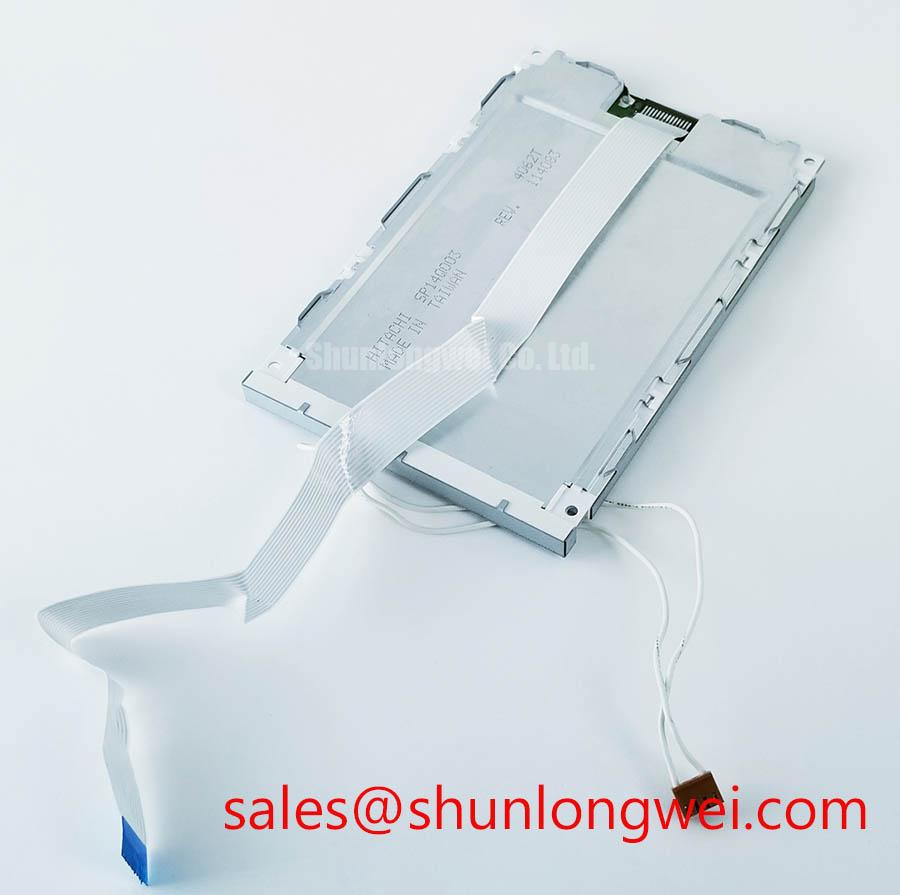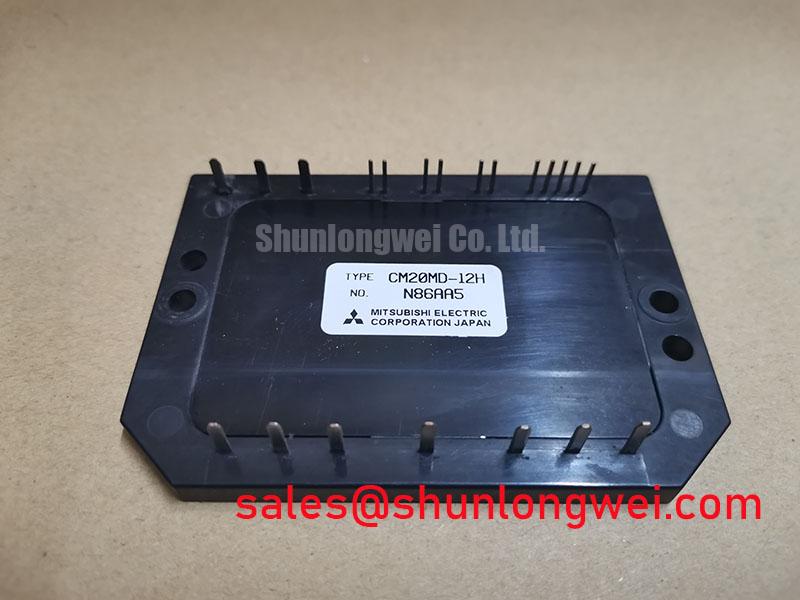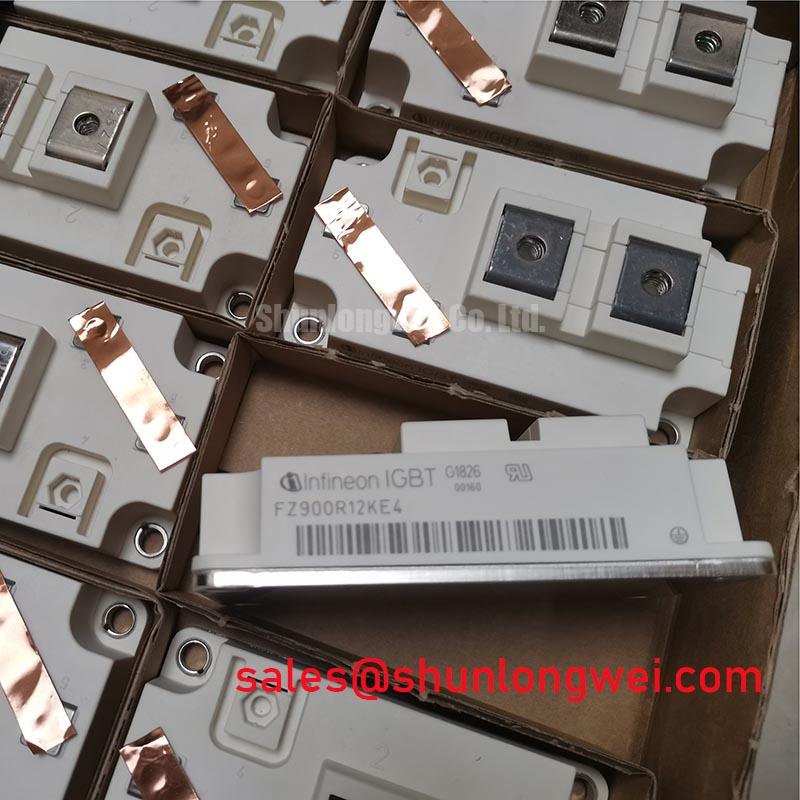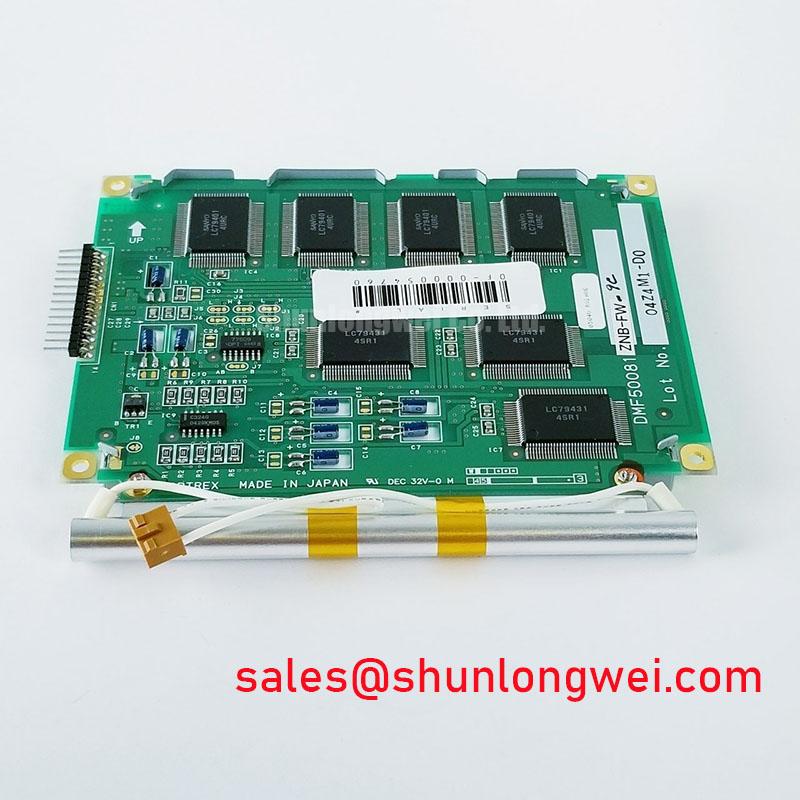Fuji Electric 2MBI300S-120 | A Benchmark in High-Reliability Power Conversion
The Fuji Electric 2MBI300S-120 is a 1200V, 300A dual IGBT module engineered for high-power applications where reliability and thermal stability are non-negotiable. This S-Series module represents a legacy of robust design, providing a proven solution for designers of industrial motor drives, uninterruptible power supplies (UPS), and welding systems. Its construction prioritizes durability and consistent performance, making it a cornerstone component for power conversion systems that demand a long operational lifespan under challenging electrical and thermal loads.
Technical Deep Dive: NPT Technology and Robust SOA
At the heart of the Fuji Electric 2MBI300S-120's performance is its Non-Punch-Through (NPT) IGBT technology. Unlike earlier punch-through designs, NPT technology provides a more rugged and reliable structure. This translates to two key engineering advantages. First, it offers a positive temperature coefficient for the saturation voltage (VCE(sat)), which simplifies the process of paralleling modules for higher power output. Second, it contributes to a wider Safe Operating Area (SOA), particularly a square Reverse Bias Safe Operating Area (RBSOA). This inherent toughness ensures the device can withstand significant stress during turn-off events with inductive loads, a common scenario in motor control. The result is a module less susceptible to catastrophic failure, directly enhancing system reliability.
Furthermore, the design focuses on minimizing the temperature dependence of turn-off switching losses. This characteristic is crucial for applications operating across a wide range of temperatures. By ensuring more predictable switching behavior, the 2MBI300S-120 simplifies thermal management design and allows for more efficient and stable operation, even as system temperatures fluctuate. For a deeper understanding of how to interpret these characteristics, our guide on decoding IGBT datasheets provides essential insights for engineers.
Key Parameter Overview
The following table outlines the critical electrical and thermal specifications for the 2MBI300S-120. For complete details, engineers should consult the official product documentation. For your convenience, you can Download the Datasheet.
| Parameter | Value |
|---|---|
| Collector-Emitter Voltage (Vces) | 1200V |
| Continuous Collector Current (Ic) @ Tc=80°C | 300A |
| Collector-Emitter Saturation Voltage (VCE(sat)) Typ. @ Ic=300A | 2.3V |
| Total Power Dissipation (Pc) | 1560W |
| Gate-Emitter Voltage (VGES) | ±20V |
| Operating Junction Temperature (Tj) | -40 to +150°C |
Application Scenarios and Value Proposition
The robust characteristics of the Fuji Electric 2MBI300S-120 make it an ideal choice for several demanding industrial applications:
- AC and DC Motor Drives: In high-power motor controls, the module's excellent SOA and high short-circuit withstand capability provide the necessary ruggedness to handle inductive load switching and potential fault conditions, ensuring drive reliability.
- Uninterruptible Power Supplies (UPS): For UPS systems, efficiency and reliability are paramount. The low conduction and switching losses of the 2MBI300S-120 contribute to higher overall system efficiency, while its proven NPT technology ensures the long-term dependability required for critical power backup.
- Industrial Welding Machines: Welding applications subject components to intense thermal and electrical cycling. The module’s robust thermal design and stable switching characteristics ensure it can deliver the high-power pulses required for welding with consistency and a long service life.
Comparative Analysis: 2MBI300S-120 vs. 2MBI300N-120
When selecting a 300A, 1200V dual module, engineers might also consider the 2MBI300N-120. The primary distinction lies in the underlying chip technology. The 'S' series, like the 2MBI300S-120, is built on proven NPT technology, prioritizing ruggedness and a square SOA. In contrast, 'N' series modules often utilize newer Trench Gate Field-Stop technologies. This typically results in a lower VCE(sat) for the N-series, which reduces static conduction losses and can be advantageous in applications with long duty cycles. However, the S-series may offer superior performance in terms of short-circuit ruggedness. The choice depends on the application's primary demand: for systems where ultimate reliability and fault tolerance are the top priorities, the 2MBI300S-120 is an exceptional choice. For designs focused on maximizing efficiency in high-frequency switching, the N-series may present a compelling alternative. For a broad selection of power devices, you can explore our full range of IGBT modules.
Frequently Asked Questions (FAQ)
What are the primary considerations for the gate drive circuit for the 2MBI300S-120?
A proper Gate Drive design is critical. It is recommended to use a gate voltage of +15V for turn-on and a negative voltage between -5V and -15V for a secure turn-off, especially in noisy environments, to prevent parasitic turn-on. The gate driver must be capable of supplying sufficient peak current to charge and discharge the input capacitance quickly to minimize switching losses.
How critical is thermal management for this module?
Extremely critical. With a total power dissipation capacity of 1560W, effective heat removal is essential to keep the junction temperature within the specified operating limits of 150°C. A properly selected heatsink, combined with a high-quality thermal interface material (TIM) and correct mounting torque, is necessary to achieve optimal thermal performance and long-term reliability. Understanding the module's thermal resistance is key to a successful design.
Can the 2MBI300S-120 be used in parallel?
Yes, the 2MBI300S-120 is suitable for paralleling. Its positive temperature coefficient of VCE(sat) helps in ensuring balanced current sharing among the paralleled modules. However, careful attention must be paid to the symmetry of the gate drive layout and the busbar design to minimize stray inductances and ensure simultaneous switching. If you have questions about implementing this module in a high-power array, please contact our technical team for expert guidance.


